Q : Is there any reason this museum was built in Ueno Park?
The Ueno area had an advantage that it had been the center of art and cultures for a long time.
Aoyagi: Kobe City, which is associated with Kojiro Matsukata, also campaigned to bring the museum to the city, but Ueno Park has the Tokyo National Museum and National Museum of Nature and Science, has been a cultural grove/park, is located on a solid hill, and has good access to transportation, so it was decided to build the museum here.
Q : Are the fields that this museum covers different from those of other museums? Does the museum cooperate with other museums
As a group, four museums (in the present, five museums including the National Art Center, Tokyo) comprising the National Museum of Modern Art, Tokyo, National Museum of Western Art, National Museum of Art, Osaka, and National Museum of Modern Art, Kyoto, became the independent administrative institution's National Museum of Art in 2001. On that occasion, fields that the four museums cover were defined as follows.
* The National Museum of Western Art: Western Art focusing on Europe, from the Middle Ages to the pre-World War I era
* The National Museum of Modern Art, Tokyo: Japanese Art from the Meiji Period to the present day and Western Art after World War I
* The National Museum of Art, Osaka: Contemporary Art
* The National Museum of Modern Art, Kyoto: Focusing on painting circles in Kyoto
The Tokyo National Museum has mainly collected Japanese items from ancient times to the Meiji Period, and The National Museum of Modern Art, Tokyo, has collections from the Meiji Period to the present day, so some of the fields overlap. (continued in the upper right column)
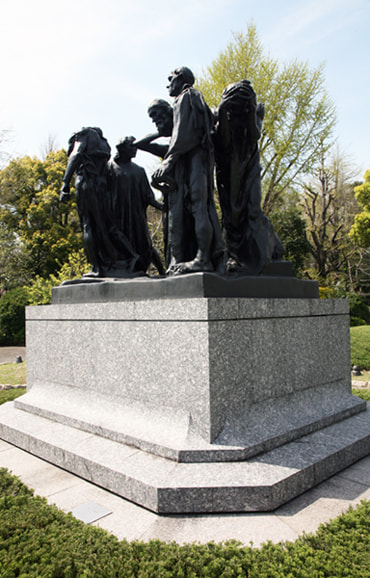

Q : Does this museum continue to collect items?
The museum has a budget, ranging from 100 to 300 million yen, to purchase artworks, and has collected items for 50 years. The number of items reached 4,500 as of 2007, and most of them are prints.
Kojiro Matsukata formed a deep friendship with Claude Monet and Auguste Rodin, and was familiar with their artworks.
Q : Compared to other museums, it seems that this museum has more Impressionist paintings.
Absolutely. Matsukata's niece was a favorite with Claude Monet, so Matsukata could directly buy paintings from Monet and collected his excellent pieces. (continued in the lower column)
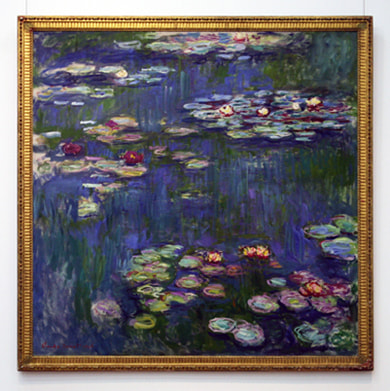

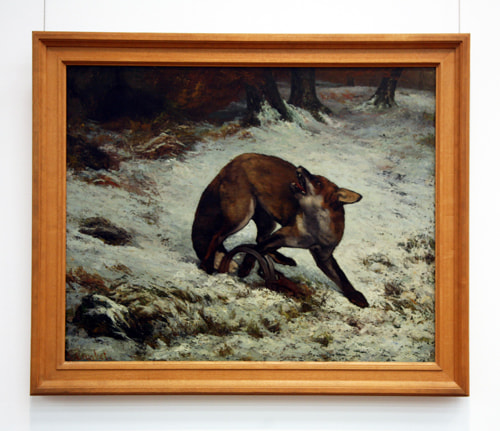

Q : Which ones are representative artworks?
The respect for the Impressionists and Post-Impressionists, including Edouard Manet, Claude Monet and Paul Cézanne, was formed in this way.
The museum has dozens of representative paintings, including "Water Lilies" by Monet, "Parisiennes in Algerian Costume or Harem" by Renoir, "Fox Caught in a Trap" by Courbet and "Spring (Daphnis and Chloë)" by Millet, most of which are items of the Matsukata Collection. There are many pre-Impressionist works, including paintings, prints and sculptures (Rodin). Since Matsukata was a patron of Rodin, this museum has 58 works by Rodin (* including works by Bourdelle and Maillol), which is a prominent collection in the world.(continued in the next page)
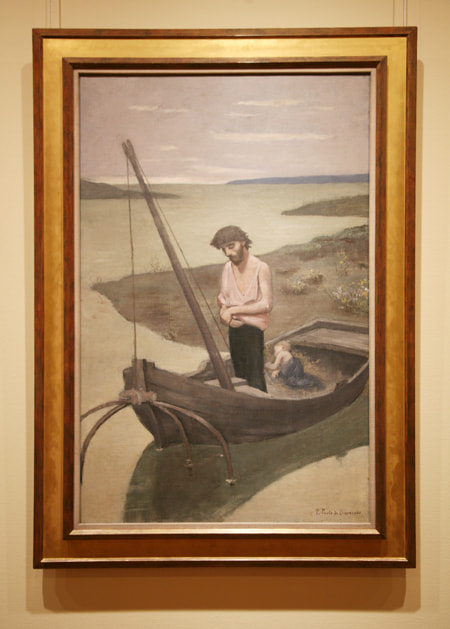
Pierre Puvis de Chavannes, "Poor Fisherman" [Lyon, 1824 - Paris, 1898]

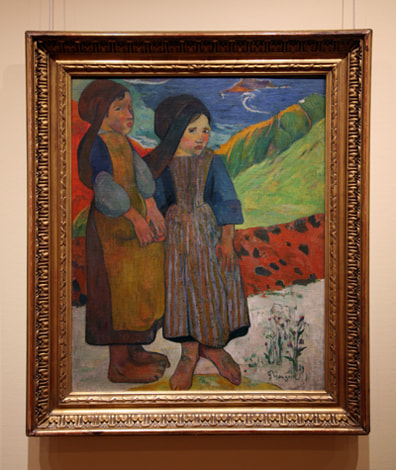
Paul Gauguin, "Two Breton Girls by the Sea" (1889)

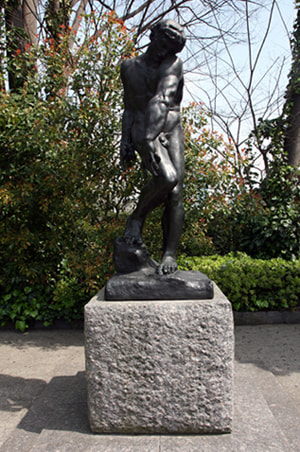
Auguste Rodin, "Eve" (1907 (model))

Auguste Rodin, "Eve" (1907 (model))










